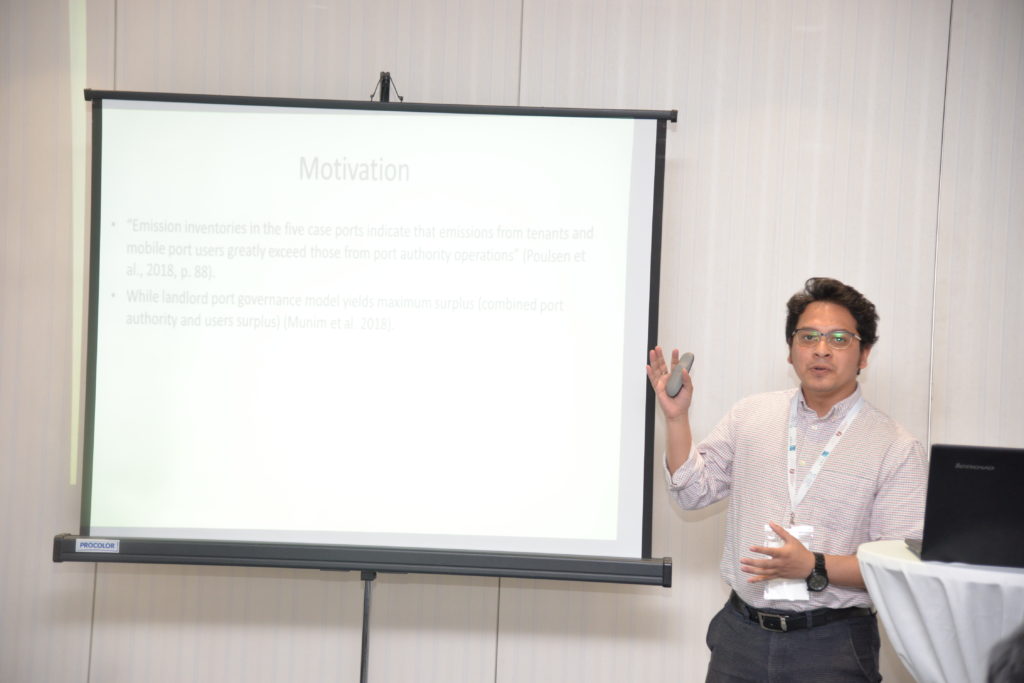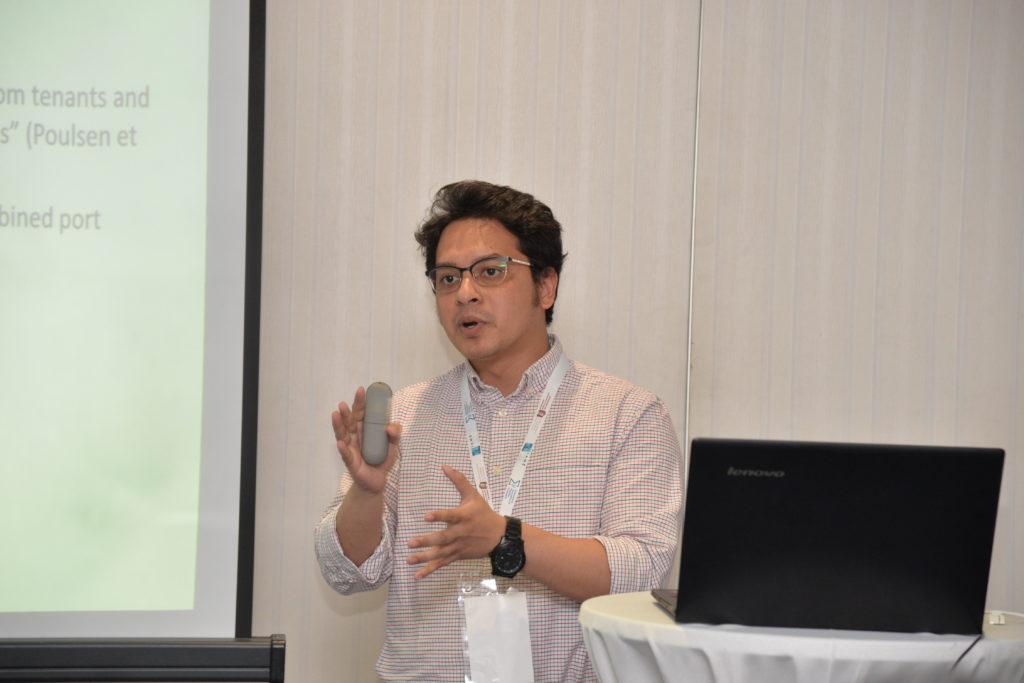IAME 2019 Conference (Athens, Greece)
Paper 1: Container freight rate forecast integrating soft facts
Hans-Joachim Schramm
Department of Global Business and Trade, WU Wirtschaftsuniversität Wien,
Department for Operations Management, Copenhagen Business School
hschramm@wu.ac.at, hsc.om@cbs.dk
Ziaul Haque Munim
Department of Maritime Operations, Campus Vestfold
University of South-Eastern Norway
Ziaul.H.Munim@usn.no
Abstract
This study presents a novel approach to forecast freight rates in container shipping by integrating soft facts in form of information about sentiments, perceptions and/or confidence regarding past, present and/or future market activity as exogenous variables with the Far East to Northern Europe trade route under consideration. As a base case, we used the autoregressive integrated moving average (ARIMA) model and compared this with the ARIMAX and the Vector Autoregressive (VAR) modelling approach including soft facts. We found that incorporating the Logistics Confidence Index (LCI) by Transport Intelligence into the ARIMAX model improved forecast performance greatly. Hence, it seems that a sampling of sentiments, perceptions and/or confidence from a panel of actors active in the container shipping market that comes close to nowcasting have a higher predictive power compared to hard facts. Moreover, we argue that this approach of including such soft facts can improve forecast performance on other trade routes, too, and probably allows a detection of market changes and/or economic development much earlier than hard facts, because the later are all quantitative measures collected mostly from past times.
Keywords: container shipping; freight rate; forecasting; logistics confidence index; logistics prosperity index.
Click here for full version at publisher’s website! (coming soon)
Paper 2: Which Port Governance Model is the Most Viable to Green Port Management?
Ziaul Haque Munim
Department of Maritime Operations, Campus Vestfold
University of South-Eastern Norway
ziaul.h.munim@usn.no
Henrik Sornn-Friese
Department of Strategy and Innovation, Copenhagen Business School
hs.si@cbs.dk
Abstract
Previous studies suggest that the landlord port model yields maximum economic surplus, aggregated for both port authority and users, in comparison to other governance models. Meanwhile studies from the sustainable port dimension suggests that the service port model is likely to be the most environmentally friendly. Thus, this study investigates the most viable port governance model to green port management (GPM). We developed an analytic network process (ANP) model considering four port governance models and five key GPM practice indicators. ANP models work based on complex surveys, data of which was collected from top management executives of four ports in Bangladesh, Sri Lanka, Tanzania and Greece, representing the four major port governance models. Our results suggest that different governance models will be feasible to GPM practices of ports depending on the economic, political and institutional context of a port’s host country.
Keywords: Analytic network process, Sustainable ports, Environmental performance, Port governance, multi-criteria decision-making.
Click here for full version at publisher’s website! (coming soon)



